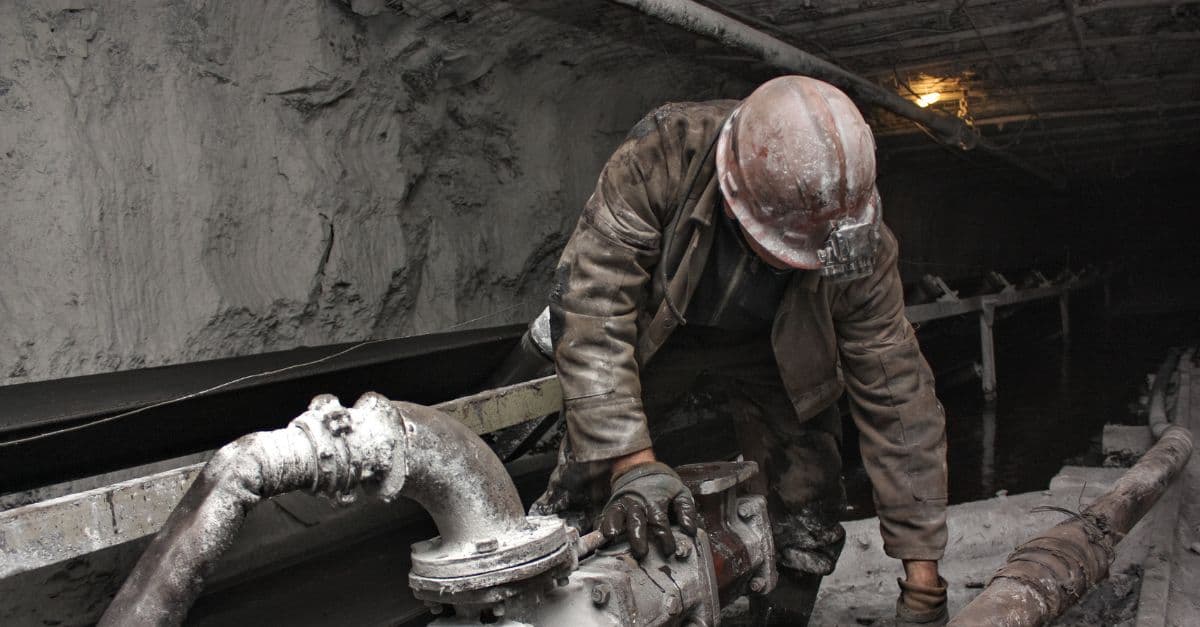June is National Safety Month, a campaign sponsored by the National Safety Council (NSC) to help raise awareness of occupational safety. Each week in June, Dawood examines the Occupational Safety and Health Administration (OHSA) Focus Four Hazards: Falls, Caught-In or Between, Struck-By, and Electrocution.
This week, we cover Caught-In or Between incidents—when all or part of an employee’s body is caught between moving parts or moving and stationary objects. Common examples include cave-ins, structure collapses, hands caught in machine parts, or crushed or pinned by heavy machinery.
Know the Risks
- Roughly 2% of all construction industry fatalities are a result of workers getting pulled into or crushed by machinery with moving or rotating parts.
- Common Caught-In or Between incidents include paralysis, traumatic injury, or death.
- Inadequate cave-in prevention/protection is often cited as a contributing factor to the fatalities (on average, a cubic yard of soil weights roughly 2,000 pounds).
Keys to Keep You Safe
- Workers should only service machines when powered down and observe proper lockout/tagout procedures.
- Ensure clothing is tucked in tightly—loose attire can get caught in moving machine parts.
- When entering excavations, never enter an unprotected trench deeper than 5 feet and ensure cave-in prevention or protection (sloping/ benching/ shoring/ shielding) is available.
- Do not walk or work underneath suspended loads—poorly maintained rigging equipment or improper hoisting equipment could lead to a sudden load drop causing a worker to be crushed by the load.
- Do not walk or work between moving or swinging machinery and stationary objects (such as walls or parked vehicles)—equipment could move and pin a worker.

